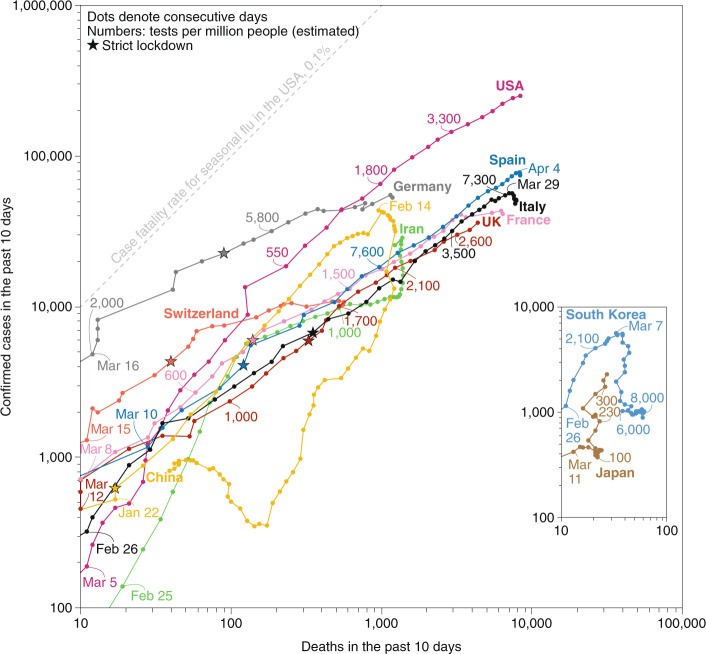Fig. 1. Early mass testing and early containment measures save lives.
COVID-19 confirmed cases and deaths for selected countries in a 10-day window ending at each data point (successive data points on a line denote consecutive days). Numbers in colour are the estimated number of total PCR tests per million people up to the data point indicated; stars indicate when strict lockdowns were enacted. Deaths lag with respect to confirmed cases, according to the estimated two-to-three week interval10 between the onset of symptoms and death. Case fatality rates — that is, the fractions of total confirmed cases that become deaths — mostly depend on the extent of testing, on the capacity of a country’s healthcare system, on its demographics and on the availability of drugs that can significantly dampen the severity of COVID-19 in those infected. Even with mass testing, the case fatality rate of COVID-19 is expected to be a multiple of that for seasonal flu in the United States (0.1%). Countries that deployed tests for detecting SARS-CoV-2 RNA early and widely (such as South Korea), that applied contact tracing and targeted physical distancing measures for detected cases (such as South Korea and Japan), or that enacted early, strict lockdowns (such as China) are more likely to contain the disease outbreak earlier. In fact, Singapore, Hong Kong and Taiwan have contained COVID-19 outbreaks and have managed to limit COVID-19-related deaths to less than 10 (hence, these countries are not included in the figure). Data updated 6 April 2020. Individual data points can be affected by reporting errors and delays, by wilful underreporting and by location-specific definitions (and changes to them) for confirmed cases and deaths. Data sources: European Center for Disease Control and Prevention11 (cases and deaths); Our World in Data12, various government sources (tests). A regularly updated version of this graph is available13.

